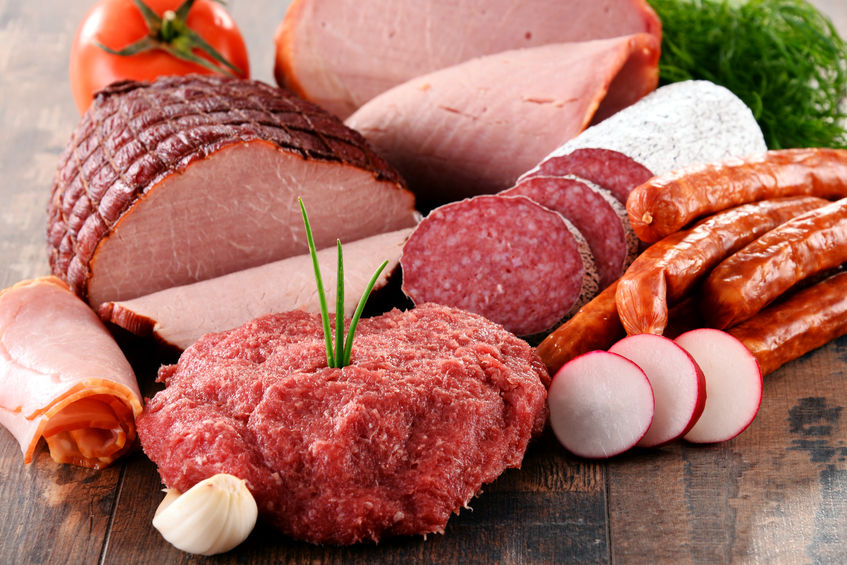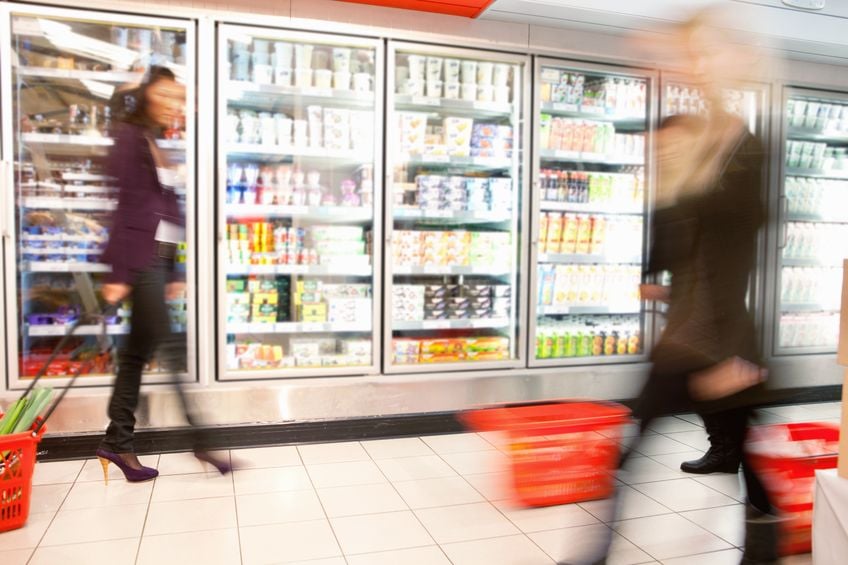More than nearby suppliers, more than case pack options and even more than warehouse setup, time is the most precious commodity in the food supply chain. Therefore, using research and data-mining techniques to maximize efficiency in the least amount of time is a smart approach to improving fulfillment across the chain. With the right tools, data becomes just as valuable a commodity as a pound of meat or a crate of peppers — especially at the retailer level.















